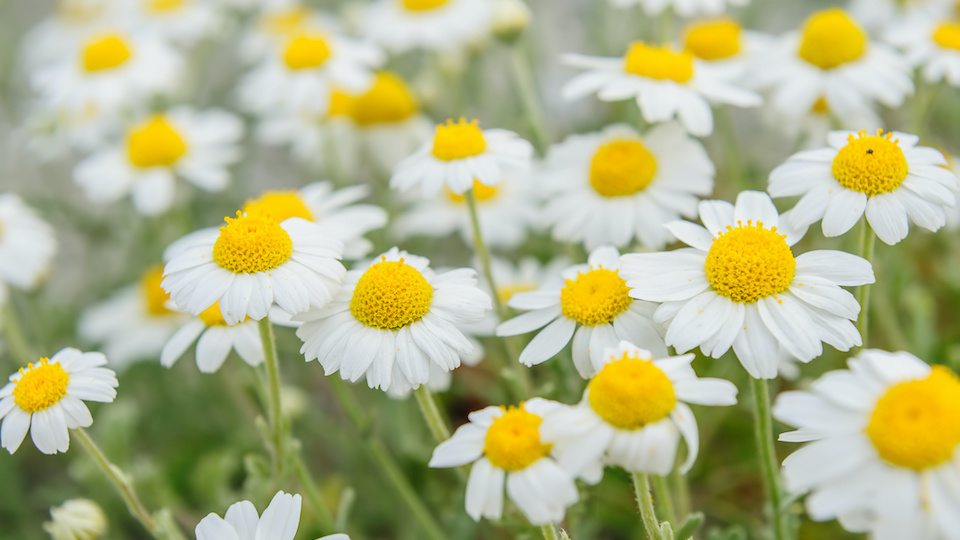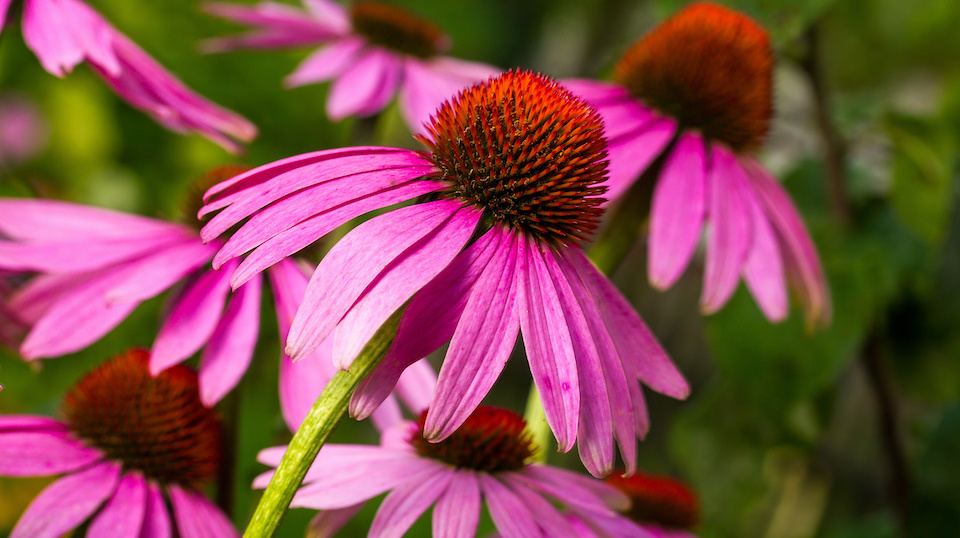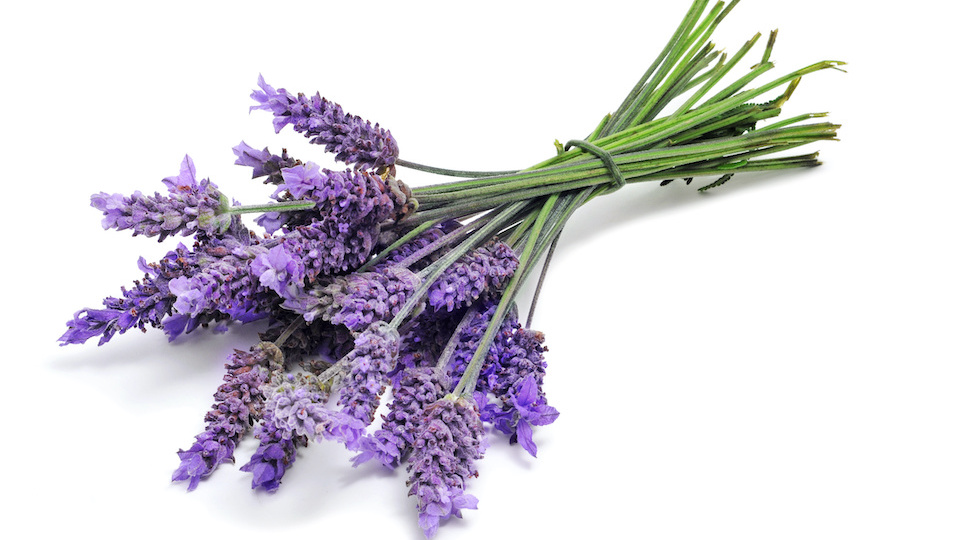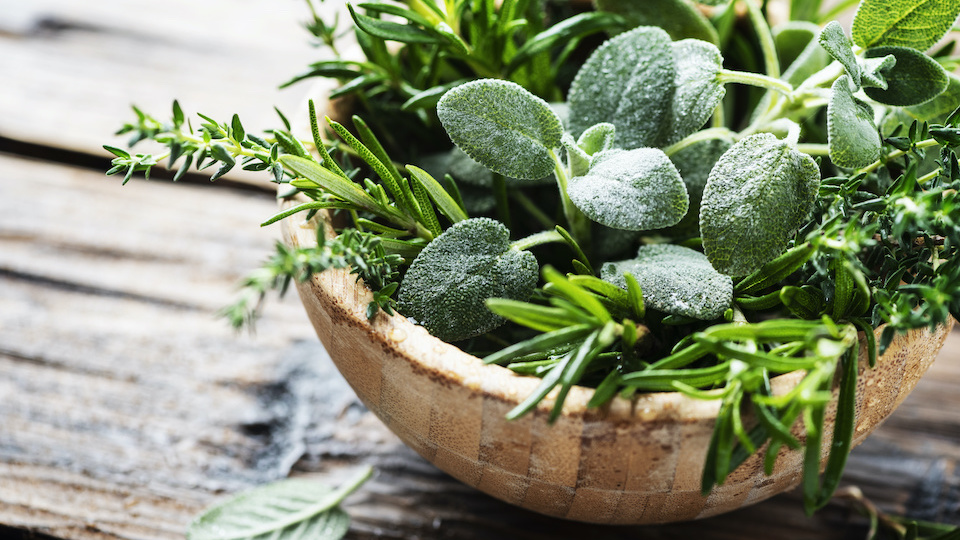Herbs are beautiful, edible plants that emit enticing aromas. Plus, they are highly beneficial for adding delectable flavor to outstanding cuisine and are highly prized for their therapeutic value. For thousands and thousands of years, herbs have been central in wellness elixirs, tinctures, salves, oils, teas, and more.
Even mainstream medicine has begun to accept the use of herbal medicine as a valuable complementary therapy modality. The great news about herbs is that they are easy to grow. Creating your very own medicinal herb garden in your backyard or even on your patio is something that everyone can do; no special skills or tools are required.
Keep in mind, when cultivating herbs for medicinal or culinary use, grow only organically and use no chemicals. It also helps to choose the best, high-quality seed or plants that you can find.
Top therapeutic herbs to grow in your garden
Here are my favorite medicinal herbs to grow in my garden.
Basil

Basil is one of the most commonly used herbs for cooking, a staple in many different cuisines, including Italian. I always have some on hand, not only for culinary uses but for medicinal purposes too. Holy basil tends to offer some of the most potent benefits for health, including the ability to fight fatigue and reduce cortisol levels. This stress hormone can weaken your immune system, contribute to weight gain, and even lessen your ability to learn new things.
Growing Tips: Basil is an herb that’s great for growing indoors in a smaller, globe-type container. Plant it in well-drained, nutrient-rich soil that’s kept moist but never soggy. Use organic fertilizer to help maintain pH levels and place it in an area that gets at least six hours of sunlight each day. If that’s not an option, use fluorescent bulbs, as these plants need about 10 hours of light for healthy growth.
Chamomile

Who doesn’t love chamomile tea? It’s one of the most common herbal teas, frequently used to help promote better sleep and a sense of calmness. It can also help remedy digestive ailments and contains a powerful antioxidant to reduce inflammation that can lead to illness and disease.
Growing Tips: Chamomile thrives outdoors but also grows well indoors near a south-facing window. Keep soil moist but not overly wet, watering only about once per week. Plant chamomile outdoors in the spring from either starter plants or seeds. It does best in cool conditions with partial shade, though it will grow with full sun. Once established, it requires very little care. It’s drought-tolerant and only needs water during times of prolonged drought.
Echinacea

Echinacea is well-known for its ability to fight colds by strengthening the immune system. It also battles against some viral and bacterial invaders too. The most commonly used medicinal variety is Echinacea purpurea, also known as Purple Coneflower. It helps fight infections and can be used both topically and internally for everything from acne to bronchitis.
Growing Tips: Echinacea is a plant best grown outdoors. It requires well-drained soil since it is incredibly drought-resilient, and it will tolerate half shade. Plus, it creates a gorgeous display of color, mainly when planted among shorter perennials, allowing its pink, white, and purple flowers to stand out. Water regularly until it’s well-established. It rarely needs watering, with overwatering being the more significant concern. You can grow it from seeds sown early indoors and transplanted outside after the threat of frost has gone, or sow it directly into your garden in the summer.
Lavender

One of the most versatile herbs around, lavender is probably best known for its use in aromatherapy to provide a calm, relaxing sensation that can relieve stress and anxiety. It’s also a great culinary herb. In particular, English lavender is a delight, with its sweet, floral flavor and lemon and citrus notes. It’s a member of the mint family, close to thyme, sage, and rosemary. The flowers add beautiful color to salads, and they also make a great alternative to rosemary in bread recipes. When applied topically, lavender soothes the skin and can take the pain out of insect bites and help accelerate burn healing.
Growing Tips: You can grow lavender indoors or out, though the plants do best outdoors, as most indoor-grown lavender won’t display ideal growth, leaf color, or colorful blooms due to the lack of light, with few indoor settings offering a sufficient amount. The English type is the sweetest and most widely grown and has a good tolerance for winter moisture and humidity. Make sure plants get at least 6 hours of full sun each day, water very little, and grow them in a well-drained area.
Here are some of my favorite home-grown herbal remedies.
Insomnia Busting Tea
Get a good night’s rest with a cup of chamomile-ginger tea before bed.
What you need
- 1-inch piece of ginger root
- 6-8 dried chamomile flowers
- 1 Tbsp local honey
- Water
How to make it
- Peel the ginger root and cut it into slices.
- Boil 4 cups of water on the stove in a pot or teapot.
- Add the ginger and flowers. Allow the tea to simmer for two minutes.
- Stir in the honey until it dissolves.
- Strain out the ginger and flowers, pour into a cup, and enjoy.
Cold and Flu Tincture
Echinacea is antibacterial, antifungal, antiviral, and anti-inflammatory. It is excellent for colds, flu, allergies, and swelling.
What you need
- 1/4 cup dried echinacea
- 1-pint vodka
How to make it
- Place the dried Echinacea in a clean jar.
- Pour vodka into the jar, leaving 1 inch at the top.
- Seal tightly and label the jar.
- Store tincture for five days, shaking now and then. Make sure to keep it at room temperature.
- Strain the herbs out of the tincture to complete. Take 1/2 a teaspoon three times daily to help with cold, flu, allergies, and swelling.
Detoxifying Tea
Stinging nettle is not only detoxifying but is also great for liver health, fevers, and allergies.
What you need
- 1/4 cup dried stinging nettle leaves
- 4 cups water
- 1 Tbsp local honey
How to make it
- Boil 4 cups of water.
- Stir in leaves and honey.
- Let the tea steep for 15 minutes. Strain out leaves and enjoy.
Sore Throat Soothing Cough Syrup
Both sage and basil are easy to grow at home and make great cough, sore throat, and fever soothers.
What you need
- 1/4 cup fresh sage leaves
- 1/2 cup fresh basil leaves
- 1 cup local honey
How to make it
- Place sage and basil in a sealable jar.
- Pour honey over the leaves and stir to mix well.
- Let the mixture sit for 1 week, stirring daily.
- Strain out leaves. Take 1 tsp as needed to ease a sore throat.
Calming, Anxiety Removing Tincture
Lavender is great for muscle tension, depression, anxiety, and insomnia.
What you need
- 1/4 cup dried lavender flowers
- 1-pint vodka
How to make it
- Place dried flowers in a mason jar.
- Pour vodka over flowers and seal.
- Place jar in a cool, dark place and label.
- Store for one week, shaking occasionally.
- Strain out flowers and take 1/2 a teaspoon orally as needed.
Happy Growing,
-Susan Patterson, CBHC and Master Gardener




